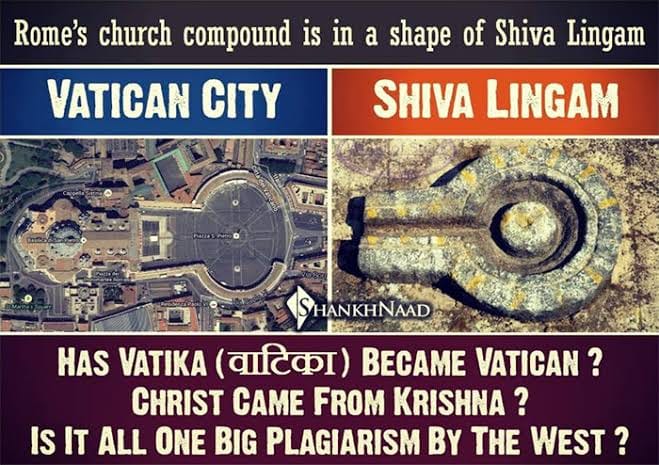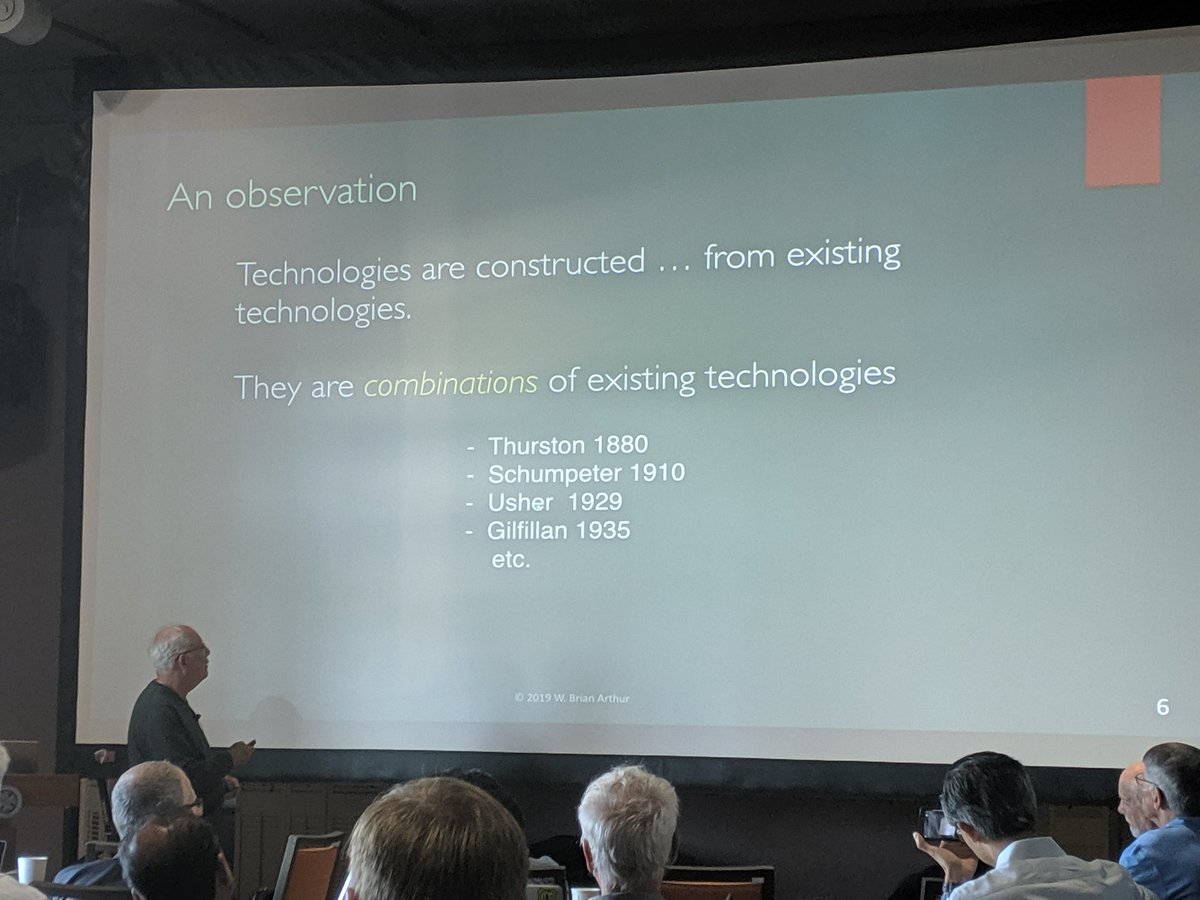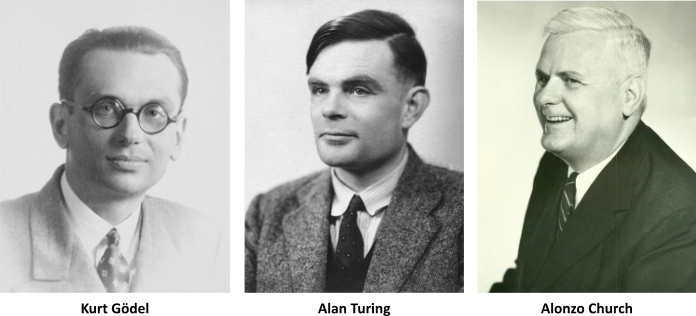Not so fast.
- Only a foreground and background, no mid.
- Several layers of midgrounds.
- No background, just a foreground.
- Etc.
There aren't really rules to the formula because this is art. But it helps to think in layers in order to experiment with them.


































